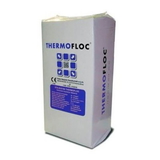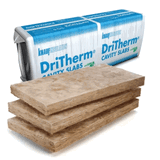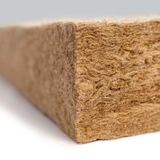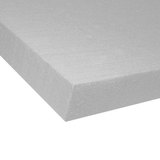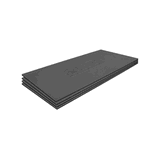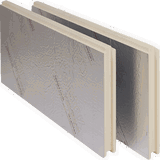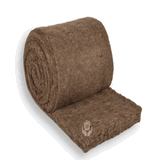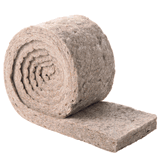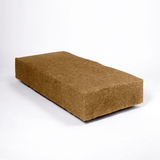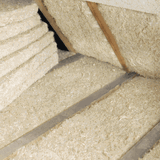- Blogs
- Tips to check your home insulation levels
Tips to check your home insulation levels
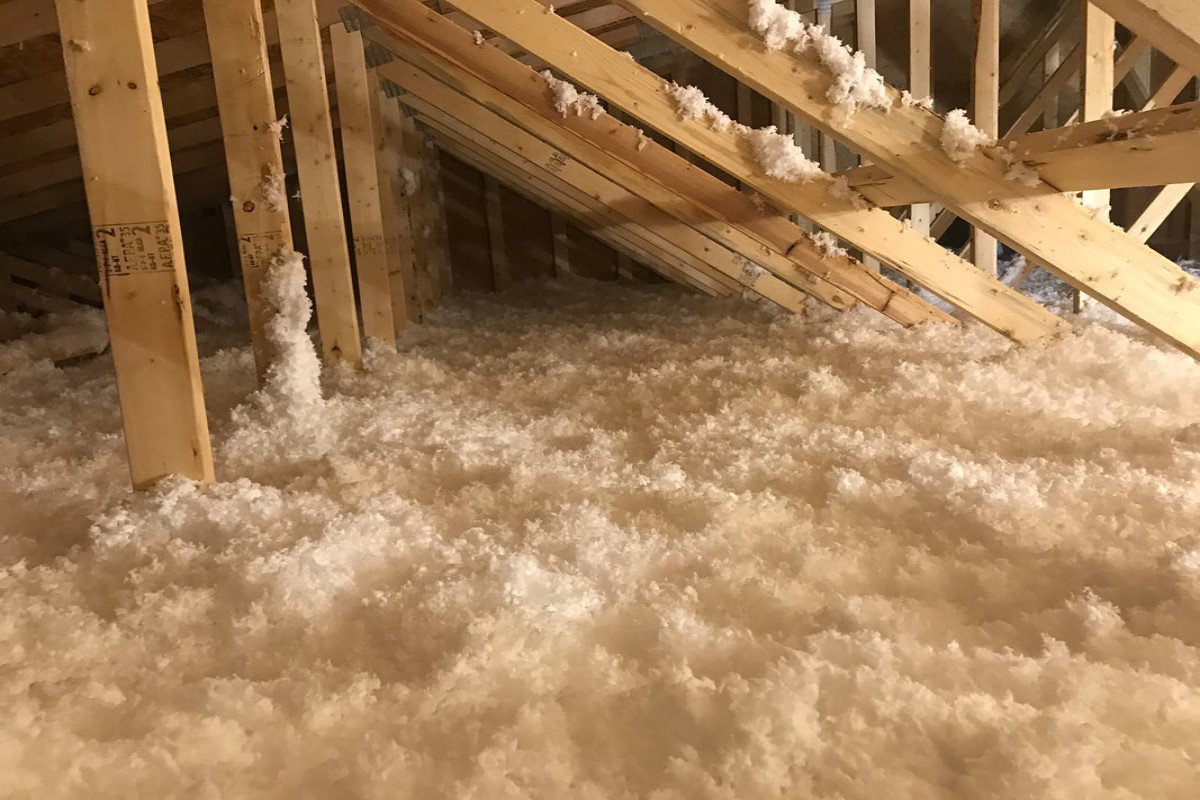
Home insulation, when done right, saves both money and energy. The insulation levels in your home should meet present-day building regulations.
A properly insulated home lets you enjoy warmer indoors, even when it's freezing outside. Not only will your home be more energy-efficient, but it will also be beneficial to your wallet and the environment. Buying insulation online helps you get easy access to quality insulation materials at competitive prices.
An inadequately insulated home reduces your comfort and makes you spend more. Fortunately, you can determine your insulation levels using the following tips -
Age of your home:
The age of your home can indicate the level of your insulation quite fairly. If you can determine how old your house is, you can check with building control to know what regulations were in place at the time.
Houses back then did not use much insulation as most residences had fireplaces, plus fuel cost was minimal.
If your home was built before the 1980s, and you have not replaced or added insulation in your home, then it is time for you to make use of the recent advances in insulation.
Comfort test:
- Are you comfortable in your own home?
- Do you still feel the heat in summers, even with the air conditioning on in full swing and the energy meter spinning?
- Do you bundle up during winters, even when your thermostat is set high?
If you are nodding your head to all these questions, it means you are wasting hundreds of pounds every year on energy and fuel. Due to insufficient insulation, heated air leaks out, thus increasing your energy expenses. Adding insulation can help you make your indoors comfortable.
R-value of the insulation product:
The thermal resistance or R-value of a product tells you how well a material resists the flow of heat. R-value is the measurement of resistance to the movement of heat through the material at a given thickness. Therefore, the higher the R-value of the material, the greater its thermal resistance, and the better its insulation.
home insulation
Energy performance certificate (EPC):
You can check the EPC or Energy Performance Certificate to know how well your home retains heat. It is issued during the sale or purchase of a house and is valid for up to ten years. On a scale of A to G, it shows the energy efficiency of your property - how effectively it maintains heat. It may be of value to conduct a new survey if your EPC has expired.
Places where you must check your insulation levels:
Loft and attic:
The recommended depth of loft insulation was 100mm earlier and 200mm a few years later. Current building codes recommend at least 250mm - 270mm approx. of mineral wool insulation in your lofts, to help save energy and money.
Try to measure the thickness of your loft insulation. You could pull up one of the planks furthest away from the hatch and look underneath it. Just keep in mind that there may be electrical lines or pipes hidden beneath the floorboards.
Once you can access it, you may measure the thickness of the insulation. You can also look to see if any boarding has squashed the insulation. If the thickness of your loft insulation does not meet the recommended standards, you need to add more insulation to comply with the building codes.
Floor insulation:
The same goes for floor insulation. If you can, examine the underside of the ground floor through an access hatch or cellar. It is necessary to insulate your floors if you have elevated timber floors with space underneath. Uninsulated floors account for major heat loss from your home.
Wall insulation:
To check the level of your wall insulation, consider purchasing an infrared thermometer. The device will detect any poor insulation and alert you of any specific problem area.
You can also use D.I.Y methods to analyse your wall insulation if you are confident and qualified to do so - providing you have plasterboard. Remove some of the wall's surface. How much you remove is up to you - too little may not help you analyse the insulation level. Cut out too much of the plasterboard and you may have trouble attractively replacing the drywall. Insulating material should be visible and easily identifiable once you cut out your drywall.
Naturally, if you have an older home with thick concrete walls, you'll need to seek professional assistance for this job.
The insulation on your wall entirely depends on the sort of walls in your home. You may have cavity wall insulation, solid wall or external wall insulation to check the level of your wall insulation it is always less risky and hassle-free to seek professional advice.
Conclusion:
A professional would help determine the exact insulation level in your home. After you know the level of insulation in your home, you can do some research to find the insulating material that would suit you best. Always check the building codes and regulations first before you go ahead with any installation.
The expense of insulating your home may appear high at first but, when you consider the perspective changes and the long-term advantages of insulation, you will notice that it pays itself many times over in future savings.
Visit Buy Insulation online for quality home insulation products online. We are a one-stop solution for all your insulation needs - be it- HVAC insulation, pipe insulation, Loft or Cavity wall insulation products. We offer a wide range of top-quality insulation products from the UK’s top brands at highly competitive prices.

Samuel Hitch
Managing Director
Buy Insulation Online.
Leave A Reply
Your feedback is greatly appreciated, please comment on our content below. Your email address will not be published. Required fields are marked *
